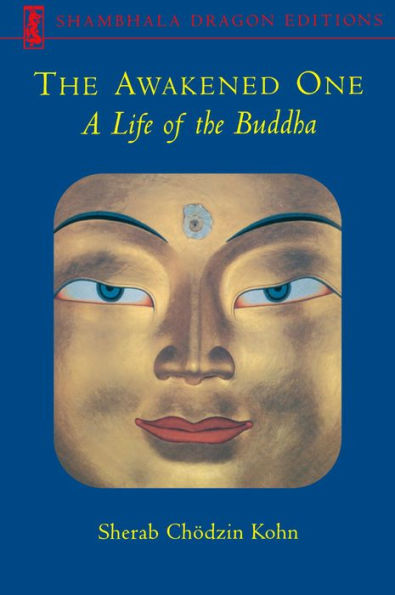Read an Excerpt
Introduction
The story of a human life grips us very directly because it is a case history of the condition we all share. Since beginningless time people have listened to stories of what others have done, feeling for the pattern in life these stories might reveal, exploring for their own possibilities, their own boundaries. We want to know where life can go, what can be made of it, how far its scope can extend. Are there barriers? Are there hidden treasures? Though we may appear settled, we are always testing, testing at our edges and limits or retreating from having done so. Convention, ordinary life, provides an artificial definition and an artificial safe haven. But the walls of convention are thin.
If we pass through them, what is the real reach and range of existence that lies beyond?
In the context of this basic questioning, the life of the Buddha is an immense landmark. The Buddha was a prince, and he left the palace. He stepped out of the pattern that he had grown into and set out on a journey of discovery from which he never returned. He might have been discouraged and beaten and fallen back on the easy life, or he might have followed a sidetrack into insanity. But instead he completed his journey. The Buddha fully explored the true reach and range of reality. He set out to conquer death, and he actually did so. This is what makes him a hero for us, an exemplar. That is why his life story is particularly gripping.
First he discovered that there is no safety. The basic weather of existence—impermanence—beats mercilessly upon whatever we try to erect against it. No stuff of dreams, no cocoon of convention, can withstand change,
aging, and death. So the prince reluctantly renounced clinging to the illusion of security and sought the reality beyond it. Relentlessly, with unflagging courage and devotion, he followed the path pointed out by intelligence. The result? A prince completely awoke from all dreams and became a buddha, an awakened one.
A
mantra enshrined in
The
Heart Sutra,
a key Buddhist text, runs,
Gate gate para gate parasam gate bodhi svaha
.
"Gone, gone, gone beyond, gone completely beyond, awake, so be it."
That limns the first part of the Buddha's story.
The rest of the story is the down-to-earth pageantry of wisdom and compassion. The
"Thus-Gone One," the Tathagata, as the Buddha is called, clearly sees the totality of existence and beyond existence. He sees the parameters of all that is and how they are constituted, how the whole thing works and does not really work. Does he come back to those he left behind who are still earnestly slumbering, passionately caught up in dreams, and find a way to open and clear their eyes? At first, knowing the difficulty, the Tathagata decides to remain silent (a tendency he constantly reverted to ever after). But waking and sleeping—the Buddha and confused beings—are inseparably bound together, part of the same magic. This truth is acted out in our story by a god who appears and entreats the Buddha to teach. He arouses the Tathagata's fathomless compassion, and from there unfold forty-five years of communicating, of teaching the Dharma. The Dharma is the wisdom of total vision, which can be boiled down to knowing in specific circumstances what should be cultivated and what should be refrained from. The Buddha's forty-five years of teaching required a mountainous labor of patience and care, not to mention an incalculable amount of walking. And it did an incalculable amount of good, as we shall see.
There exists a large and complex body of material on the Buddha's life. It is preserved in writing in ancient texts of various Buddhist traditions and in various languages. It lives orally on the tongues of Buddhist teachers of a great variety of national and sectarian persuasions, who continue to use the
Buddha's life as an example. Perhaps the most vital and forceful point is that the Buddha continues to be emulated widely. Of course there are many Buddhists trying to follow the main part of his example—to meditate with discipline and knowledge and so attain enlightenment. But the Buddha's story continues to live also in many small, earthy ways, as when a rising teacher looks out among his students to see who are to be his two leading disciples, his Shariputra and
Maudgalyayana; or when the long-time personal attendant of an aged and preeminent Tibetan guru massages his teacher's tired old limbs, both knowing well that Ananda did this for the Buddha.
And of course there is not only the material direct out of the Buddha's own tradition. In addition, the great teacher's life has been variously purveyed and worked over by scholars and other writers with a non-Buddhist optic, here and there with considerable merit.
In telling the Buddha's story I have tried to follow what seemed to me a straightforward path. I saw the tradition as a living whole and did not approach it with any set of conceptual instruments such as one might use to try to cut away legend from history or to sever the tissue of one tradition from that of another. Rather my approach has been that of a composer who, awestruck by the dignity and beauty of an ancient and manifold song cycle, preserves its essence, integrity, and inalienable features in a unified chamber piece of manageable length. I hope I may have succeeded to some degree.



